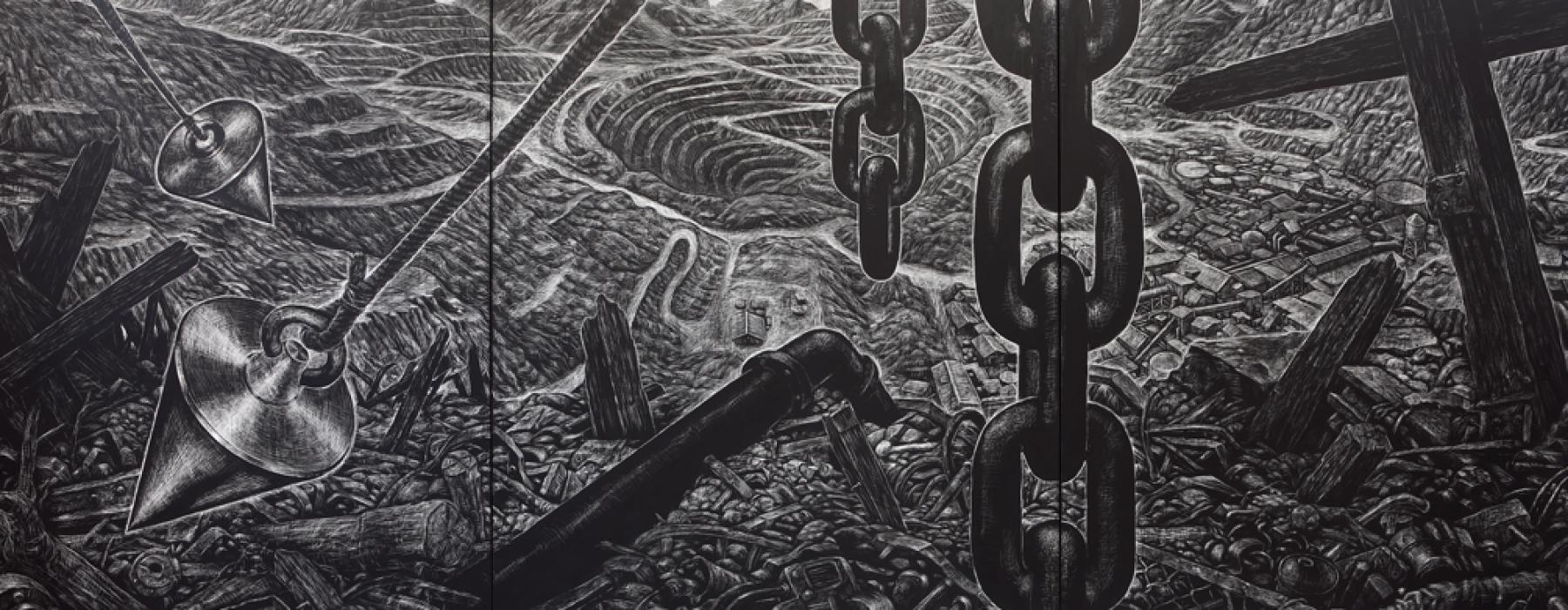
Materiality plays an important role in shaping our understanding of the world around us. Global Earth Matters: Mining, Materiality and the Museum is a series of seminars that seek to re-center scholarly interest in the materiality of objects, opening onto broader questions of labor and making, skills and craftsmanship, on issues surrounding the (exploitative) economies from which these objects emerge. Bringing together artists, academics and curators into interdisciplinary conversations, we want to push the conversation about museum objects beyond, while not excluding, questions of aesthetic quality or (cultural) use, to critically explore the relationship between the materials from which these objects are made and the social world within which they are created or function.
- What kinds of cultural values are ascribed to certain minerals, say gold or silver, which make them of preferable for some objects and not others?
- What might a focus on the materials from which objects are made tell us about ideas of creativity and innovation or about the globally interconnected worlds in which these objects circulate?
- Beyond the objects themselves, what role did minerals play in shaping earlier and contemporary geopolitical relations?
- What role does the mineral play in the objectness of the object?
- What hopes, dreams and desires did the discovery of these minerals offer, and in what ways did their discovery shape how we experience the world today?
- How is mining for (precious) minerals associated with histories of social inequalities and exploitation, as well as with projected futures of ecological disasters?